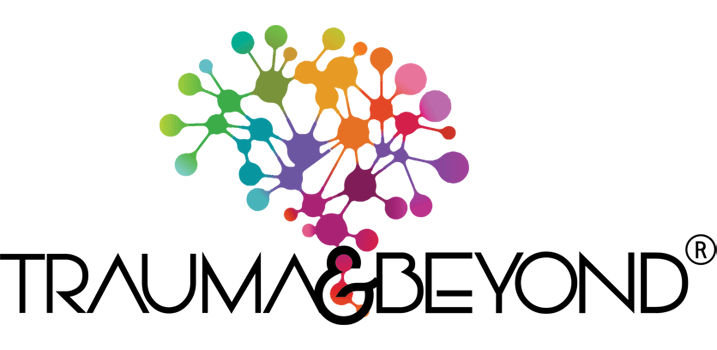Attachment and Relational Therapies are provided for clients needing to create a more secure attachment bond. Therapists trained in attachment relational models can help clients learn to develop greater capacity to build stronger and more intimate bonds through an attuned and collaborative therapeutic experience.
The attachment bond begins with connection to the primary caretaker (usually the mother). Issues can arise if the primary caregiver and the infant are separated early on because of instances of trauma, hospitalizations, early separation, neglect, parental substance abuse, etc. These issues can have a lasting effect on ability to form secure attachments. This bond created with the infant’s primary caretaker is internalized in the infant’s sense of self and other, and connects to his/her capacity to self-regulate and achieve a sense of safety and security. This can develop in a positive (secure) or a negative direction (insecure attachment).
Relational Therapy
And important to note, caretakers do not have to always be attuned, the rupture/repair of relationships is key to developing self-regulation (Beebe & Lachmann, 1994; Schore, 1994). The mother (therapist) just has to be “good-enough” (Winnicot). The attachment relationship serves as a model of relational interaction that generally continues through childhood and into adulthood. The capacity to read interpersonal cues, facial expressions and tones, and respond to stressors develops in this state and continues through the life span.
